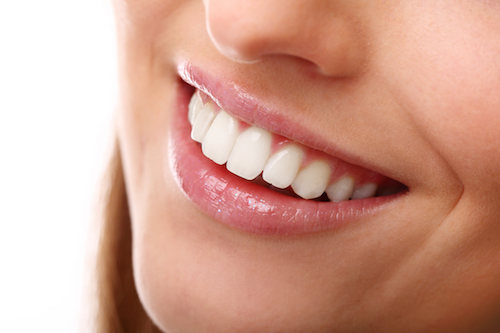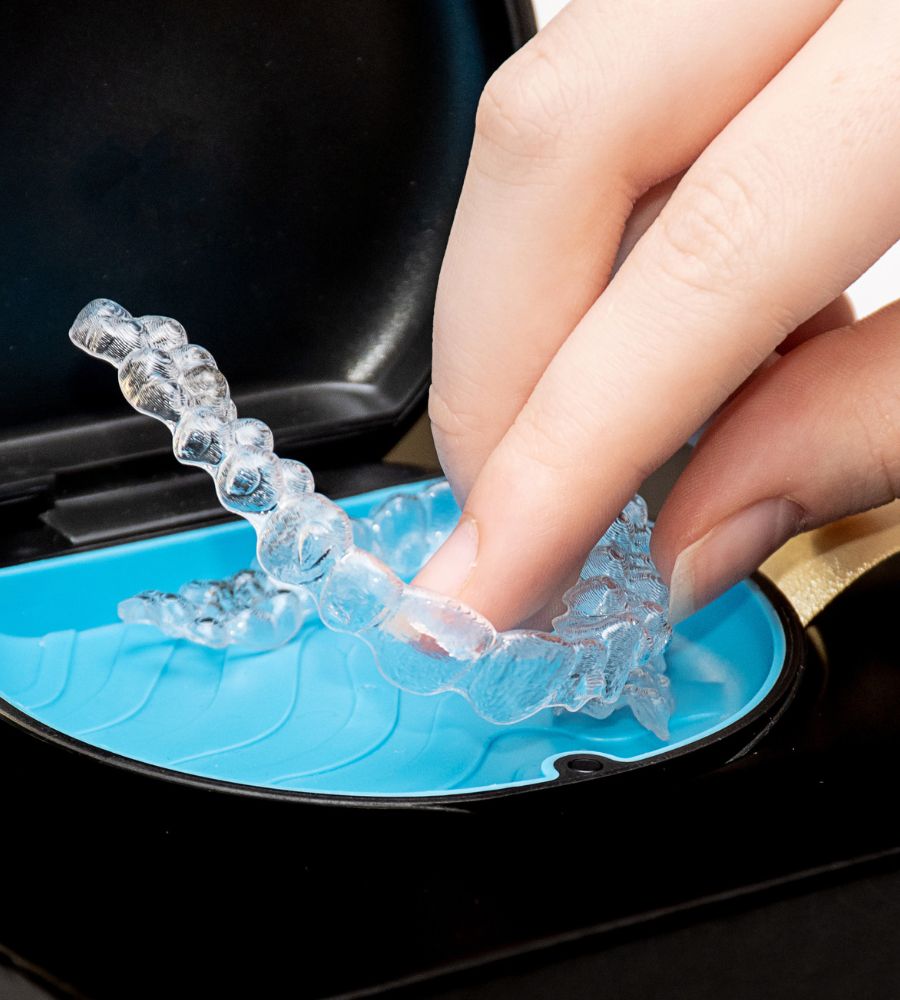When your tooth is practically cracked, a dental crown is usually the solution offered by your dentist. Your dentist can choose from different types depending on your specific oral condition.
The 2 types of dental crowns
The temporary crown
This is installed after your tooth has been prepared, i.e., after the damaged dental tissue is removed. It helps keep your tooth intact and healthy until the permanent crown is made. The temporary crown is usually made of plastic.
The permanent crown
This is what is used to permanently replace your damaged tooth. It is designed to allow you to chew properly and is aesthetically similar to a natural tooth. Your dental impression is used as a guide in making the dental crown.
The 4 permanent crown types
Metal crown
Safety is the main condition when choosing a metal for a crown. Non-precious metals can be used, such as nickel and chrome. However, if the patient is allergic to one of these, gold should be considered.
Ceramic crown
It is made entirely of ceramic, or, more specifically, porcelain. Aesthetically appealing with its white hue, it is practically indistinguishable from natural teeth. But, because of its low resistance to masticatory pressure, it is installed only on the front teeth.
Metal ceramic crown
The color of the ceramic combined with the strength of the metal makes a very solid, attractive-looking crown. The metal interior provides sufficient strength to withstand masticatory pressure. The ceramic exterior offers a natural colour that does not stain.
Zircon ceramic crown
Like the metal ceramic crown, this crown also combines the elegance of ceramic and the sturdiness of zircon. It is also far more durable. Talk to your dentist about this type of dental crown.
How the crown is installed
Before installing the crown, we begin by preparing your tooth.
Preparing the tooth
There are 2 ways of preparing your tooth:
- The shoulder preparation, which allows an airtight fit and perfect occlusion on the sides. Your gums are not damaged. There is less risk of infection.
- The chamfer preparation, in which the practitioner reduces only the coronal part that remains to provide good adhesion for the future crown. It is easier to do than the shoulder method.
Installation of the crown
A few necessary steps are involved:
- The tooth is polished down to retain only dental tissue that is still solid
- The practitioner tries the frame, checking the precision of the fit of the crown and the occlusion on the sides
- The practitioner tries the crown to make sure that its colour and shape match your teeth perfectly
- Once the crown is properly adjusted, it is permanently cemented
Many types of interventions can be done to treat a damaged tooth, but a crown seems to be the best option in most cases. Visit Dr. Nathalie Kadoch’s dental office in Montreal to find out more.





